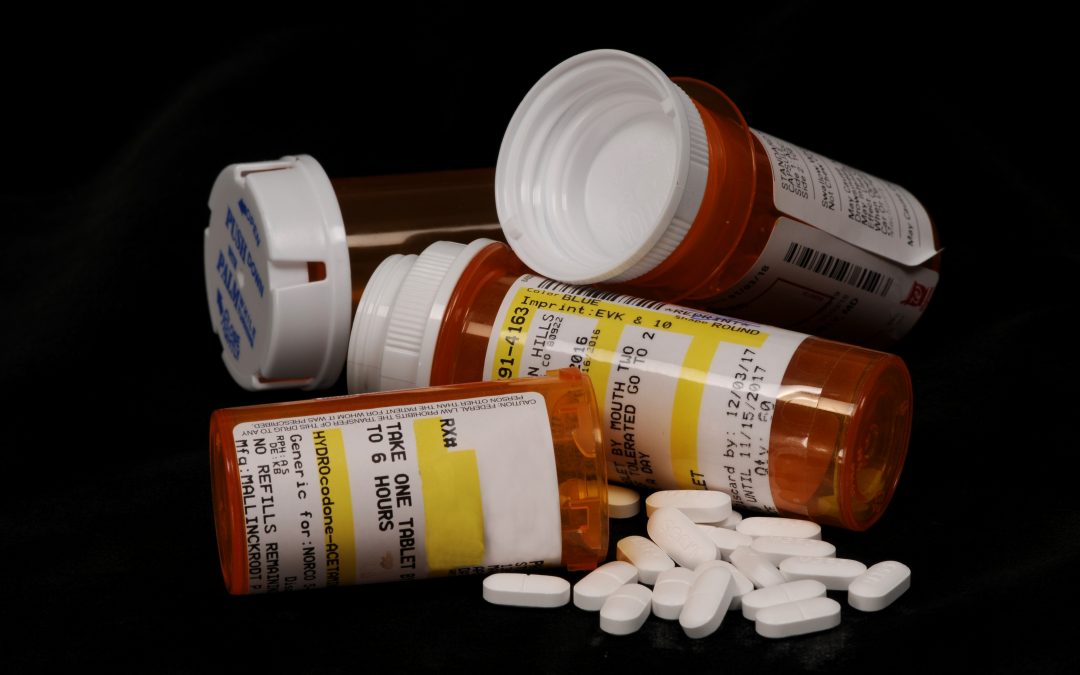WASHINGTON – Many of the more than 3,000 active lawsuits filed by state and local governments in the nationwide legal saga of the opioid epidemic share a similar argumentative foundation: by downplaying risk and exaggerating upsides, pharmaceutical companies put lives in danger and created a “public nuisance.”
That claim has been struck down twice this month by state courts in California and Oklahoma in the first significant opioid lawsuits to go to trial, saving pharmaceutical giants like Johnson & Johnson hundreds of millions of dollars.
In each decision, state judges declined to extend public nuisance law to manufactured opioids that both benefited and harmed the general public. Doing so would lead to a flood of similar applications, according to the courts.
“The district court erred in extending the public nuisance statute to the manufacturing, marketing, and selling of prescription opioids,” Justice James Winchester wrote for the majority in the Oklahoma Supreme Court decision on Nov. 9.
Following the two decisions, law professors around the country questioned whether public nuisance claims were the best route to ensuring victory for the families of the hundreds of thousands of victims of the epidemic.
“Public nuisance law is just not a good fit when you have a federally approved product that can be appropriately medically prescribed,” said Jennifer Oliva, law professor and director of Seton Hall University’s Center for Health & Pharmaceutical Law.
In recent decades, lawyers have employed public nuisance law against manufacturers of several industries – including firearms and tobacco – with varied results. Most states have a version of the law, though they differ in scope and application.
Oliva says Oklahoma’s application of the law is “very narrow,” and mostly tied to clear criminal activity or property-based behavior, like “running a pollution stack out of the top of your factory, or dumping sewage in a river, causing the whole village to get sick.”
In California, Oliva says the statute is “way broader,” yet it was still not enough for the district judge to extend the law to manufactured opioids.
The rulings in Oklahoma and California represent a setback in the fight for justice and accountability in the opioid epidemic, but that fight is a long one, and the impact of these two decisions is significant.
Taleed El-Sabawi teaches law at Elon University and is a research scholar at the O’Neill Institute for National and Global Health Law’s Addiction & Public Policy Initiative. El-Sabawi said the recent decisions may incentivize state representatives, or plaintiffs in these cases, to avoid taking pharmaceutical companies to trial.
“Regardless of legal merit,” El-Sabawi said, “I think that the impact of these cases, especially in two very different states, is that they will encourage [plaintiffs] that have not been wanting to join settlement efforts — those kind of holdouts — I think it will encourage them to accept [a settlement offer].”
Accepting a settlement offer is often in the best interest of the pharmaceutical companies, who ultimately want to assure stockholders that the issue is resolved, and the company’s future is secure.
Settlement payments tend to produce smaller payouts for families than victories in court, but Oklahoma and California have proven that taking big pharma to trial — especially when public nuisance law is at play — “can be risky,” according to El-Sabawi.
In Washington state, Attorney General Bob Ferguson rejected a $527.5 million settlement offer in July, opting to take three of the state’s largest distributors of opioid medications to trial. That trial began Monday.
When asked by The Olympian whether the rulings in Oklahoma and California loom large over Washington’s defense, Ferguson said the state’s public nuisance laws are different and called the cases “apples and oranges.” It remains to be seen whether the state’s court agrees.

